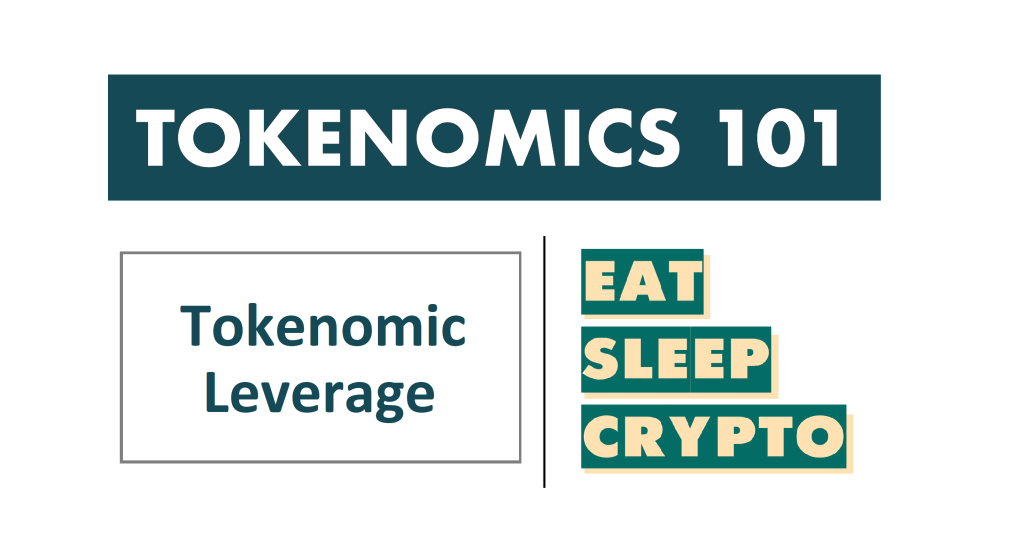
Tokenomics describe the relationship between a token’s use and its price. Done right, tokenomics can align the interests of protocol participants, leading to a valuable token, and securing the protocol from economic exploits.
Designing a protocol requires keeping track of many moving parts – to this end, it is helpful to have a framework.
Enter demand-side tokenomics.
The demand-side tokenomics framework can be distilled in three principles: utility, value capture, and economic security.
There are tradeoffs between each of them, so the goal of tokenomics, according to the framework is to maximize the aggregate of these three.
Utility
Utility is the usefulness of a protocol to all participants.
There can be multiple groups of participants in a protocol. To maximize utility, these groups’ interests should be synchronized.
This can be done by matching demands of each group.
For example, MakerDAO matches the wider market’s demand for stablecoins with degens’ demand for leverage.
Value Capture
The second principle of tokenomics is value capture.
Many protocols create value – utility, but fail to capture any of the created value to a token.
For example, Uniswap has $1.2 trillion in all-time trade volume, but UNI sees none of it. Uniswap has never charged, and plans never to distribute fees.
Use of the Uniswap protocol is completely uncorrelated with the value of its token.
Because they didn’t capture value initially, Uniswap can’t capture value from the utility it creates.
Value capture comes from the strategic inclusion of tokenomic mechanisms – ways a token is used in a protocol.
Value captured through tokenomic mechanisms (e.g. staking, collateralization, buyback-and-burn) varies.
Value captured by a protocol can be modeled, and mechanisms compared based on value capture and economic security.
Economic Security
Economic security is the third principle of tokenomics.
Economic security is distinct from technical security – technical security comes from an absence of bugs in the code; economic security entails a lack of vulnerabilities in the incentives.
Vulnerabilities in the incentives enabled three major exploits in 2022 – the collapse of Terra, the Mango Markets exploit, and the Aave liquidity exploit were all economic, rather than technical security issues.
Conclusion
There are tradeoffs between each of these principle, and successful protocols maximize the aggregate of the three.
Tokenomics is challenging to get right, especially because of the associated technical complexity of writing smart contracts.
It’s helpful to have a framework when designing the tokenomics of your protocol.
The demand-side tokenomics framework is what Eat Sleep Crypto uses to teach tokenomics to developers in the Tokenomics For Founders 6-week intensive course.
Space is limited, so apply now to be a part of the next cohort.






